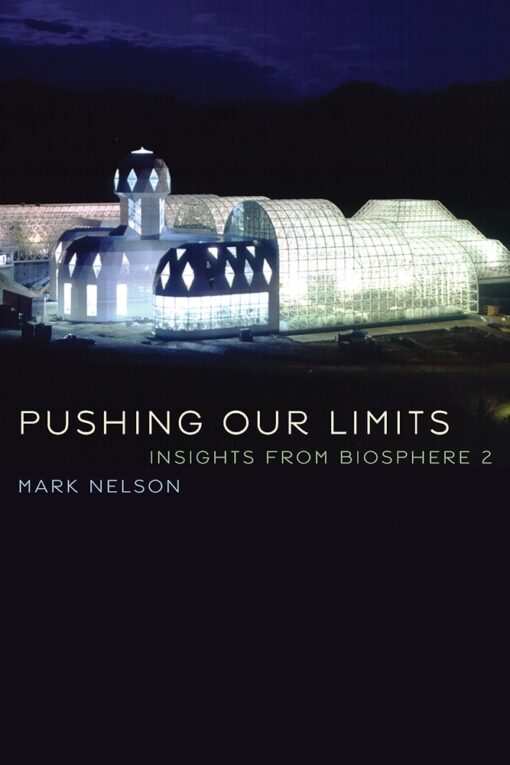In this chapter I explore the reasons why it is proving so difficult for the value of natural systems to be reflected in mainstream economics.
Page 267. I cite a figure of $72 billion as the cost of avoiding a mass extinction of animals and plants. This is a misprint and should say $76 billion. The paper that concluded this figure is: McCarthy, D.P. et al. (2012). Financial Costs of Meeting Global Biodiversity Conservation Targets: Current Spending and Unmet Needs. Science. Vol. 338 no. 6109 pp. 946-949.
View PaperPages 267-268. On 1975 being the year when human demands reached a level beyond what nature can indefinitely renew, there are several technical reports that conclude that the mid 1970s is roughly when we crossed that particular threshold. For example see: WWF et al. (2012). Living Planet Report. WWF International, Gland. See page 9 for a graphic that really sums up my point. The technical annexes of this report give a lot more detail.
View ReportPage 278. I mention the TEEB process that was led by Pavan Sukhdev. I have provided links to specific TEEB outputs in previous chapters, but the way into their wider body of activities, including the new TEEB for Business initiative, can be found via: http://www.teebweb.org
Page 273. For the source of the $6.6 billion figure I cite in terms of the costs of the annual damage being caused to natural systems, see: Trucost (2011). Universal ownership: why environmental externalities matter to institutional investors. Trucost.
View PaperPage 274. For the source of my conclusion that nature’s services are worth about double global GDP, see Robert Costanza’s paper that I have mention in relation to points made in earlier chapters. Costanza, R. et al. (1997 The value of the world’s ecosystem services and natural capital. Nature 387, 253-260. Note that this estimate was recalculated on a pro-rata basis in relation to the size of the current global economy to provide the 100 trillion figure on the back cover.
View PaperPage 276. In this chapter I make a comment about the attitude of some leading politicians when it comes to seeing a choice between nature and economic growth (with the former being a drag on the latter). There is much written about this by different commentators. I offer an expansion on this theme in a piece I wrote for The Ecologist.
Page 281. Toward the end of this chapter I refer to Paul Hawken’s book The Ecology of Commerce. The full reference is: Hawken, P. (1993). The Ecology of Commerce: A Declaration of Sustainability. Collins Business Essentials. ISBN-10: 0061252794. ISBN-13: 978-0061252792.
Page 284. I write about a group of companies which signed a declaration on natural capital that was presented to the world summit on sustainable development in Rio de Janeiro in 2012. The text of that statement can be found on-line at: http://www.cpsl.cam.ac.uk/Business-Platforms/Natural-Capital-Leaders-Platform/Natural-Capital-Leadership-Compact.aspx Click on ‘Natural Capital Leadership Compact’.
Page 285. In this chapter I write about the importance of transparent and comprehensive reporting. For more on this see a piece published in The Guardian in January 2013. This contains further thoughts and links to recent initiatives. You can find that here: http://www.guardian.co.uk/sustainable-business/2013-prediction-sustainability-financial-reporting
Page 289. I mention the UK Government’s National Ecosystem Assessment. The full title for the summary of this extensive piece of work is: UK National Ecosystem Assessment (2011). The UK National Ecosystem Assessment: Synthesis of the Key Findings. UNEP-WCMC, Cambridge. This is available on-line.
Page 290. I mention work that I am involved with to help formulate policy on how best to protect ecosystems while promoting new business opportunities. More can be found out about that process via the work of the Ecosystems Markets Task Force. The final recommendations from this group will be published in March 2013.












